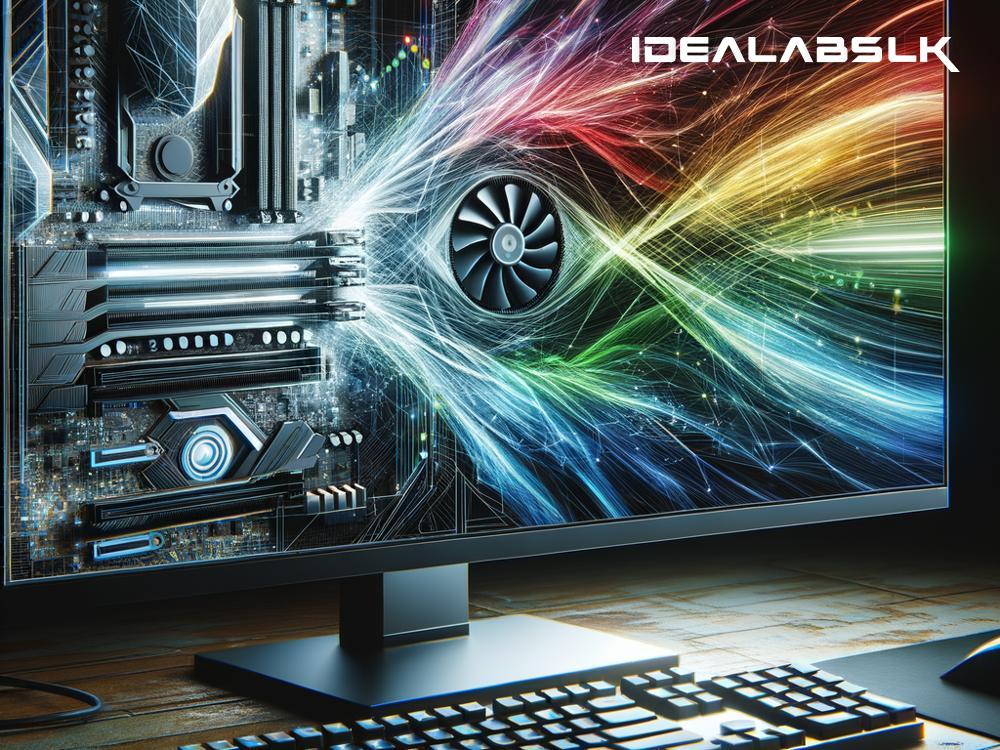The Role of GPU Programming in Rendering Graphics
When we dive into the vibrant world of video games, watch an animated movie, or immerse ourselves in a virtual reality experience, we are often swept away by the lifelike graphics and smooth animations. But have you ever paused to wonder what’s buzzing under the hood to bring such mesmerizing graphics to life? The answer lies in the magic of GPU programming.
What’s a GPU Anyway?
GPU stands for Graphics Processing Unit. You can think of it as the master artist behind every stroke of digital paint on your screen. Unlike its sibling, the CPU (Central Processing Unit), which is like a jack-of-all-trades, the GPU is a specialist in handling complex mathematical calculations needed to render images and animations. It's designed to process many tasks simultaneously, making it the perfect tool for creating graphics swiftly and efficiently.
The Art of GPU Programming
Programming the GPU to render graphics is akin to conducting an orchestra. Each musician (or in this case, each part of the GPU) has a specific role, but when guided by a skilled conductor (the programmer), they work in perfect harmony to produce a beautiful symphony (stunning graphics).
In simple terms, GPU programming involves writing code that tells the GPU exactly how to transform basic shapes, colors, and textures into the detailed environments and characters we see on our screens. This code is written using specialized programming languages such as HLSL (High-Level Shader Language) or GLSL (OpenGL Shading Language), which are designed to leverage the GPU’s abilities to the fullest.
The Hero Behind Rendering Graphics
But why do we rely so heavily on the GPU for rendering graphics? The secret lies in its architecture, tailor-made for parallel processing. Imagine if you had to complete a giant jigsaw puzzle. Doing it alone would take ages, right? Now, imagine if you had thousands of friends helping you, with each person placing a piece of the puzzle simultaneously. That’s how a GPU tackles rendering—it divides the task into thousands of smaller parts and works on them concurrently, making the process incredibly fast and efficient.
This ability makes the GPU indispensable for rendering the complex and detailed graphics demanded by today’s multimedia applications. From the shadows cast by characters in video games to the realistic water effects in animated movies, GPU programming plays a crucial role in bringing these visual elements to life.
The Impact of GPU Programming on Real-time Rendering
One area where GPU programming truly shines is in real-time rendering. Real-time rendering is all about generating graphics on-the-fly, as you interact with them. Think video games or virtual reality. These applications require the graphics to be rendered so quickly that there’s no noticeable delay between your actions and the visual response on the screen.
Achieving this level of performance requires not just powerful hardware but also clever GPU programming. Programmers optimize their code to make the best use of the GPU’s resources, ensuring smooth and responsive graphics. This has opened the door to more immersive and complex interactive experiences than ever before.
Beyond Graphics: The Expanding Role of GPU Programming
While GPU programming has revolutionized rendering graphics, its capabilities don’t end there. The same traits that make GPUs excellent at rendering—parallel processing and efficient mathematical computation—have also made them valuable in other fields. Today, GPUs are used in scientific research, machine learning, data analysis, and more, proving that the principles of GPU programming can transcend beyond the realm of graphics.
Wrapping Up
GPU programming stands as a pillar in the realm of graphics rendering, enabling the creation of the stunning visual experiences we’ve come to expect in digital media. It marries the raw power of GPU hardware with the creativity of programming to unlock new possibilities in visual storytelling and interactive media. As technology advances, we can only expect GPU programming to evolve, bringing even more breathtaking graphics and novel applications to the forefront.
So, the next time you lose yourself in a video game or marvel at the visuals of a blockbuster film, remember the unsung hero working behind the scenes: GPU programming. It's the backbone that supports the dazzling digital worlds we love to explore.

